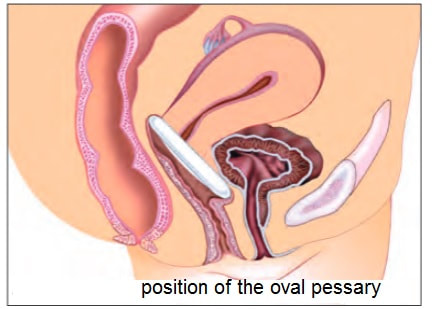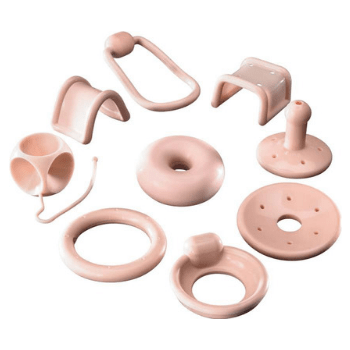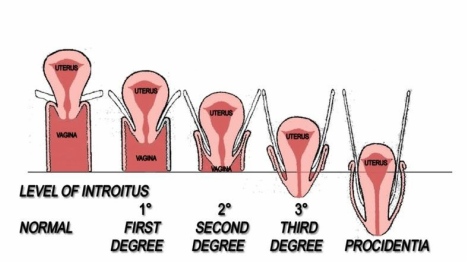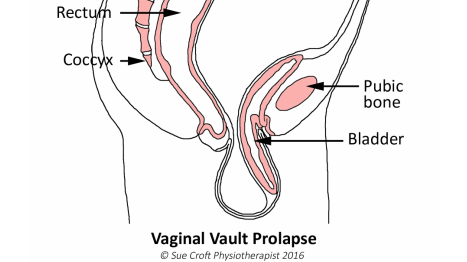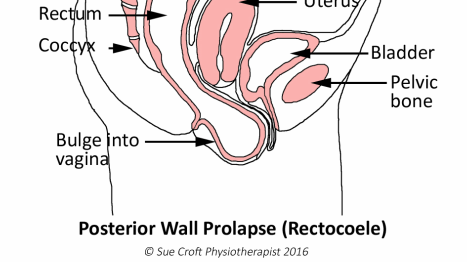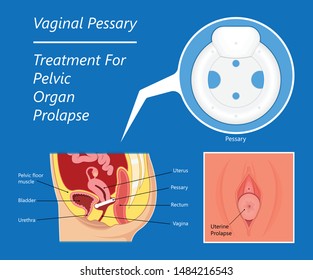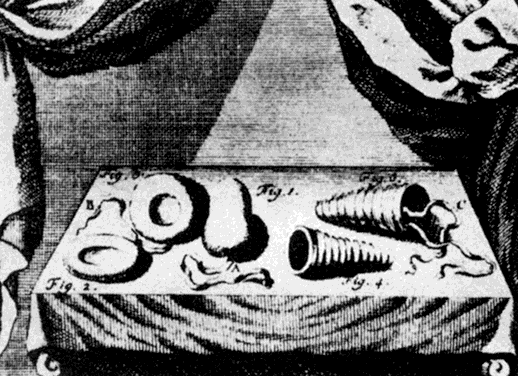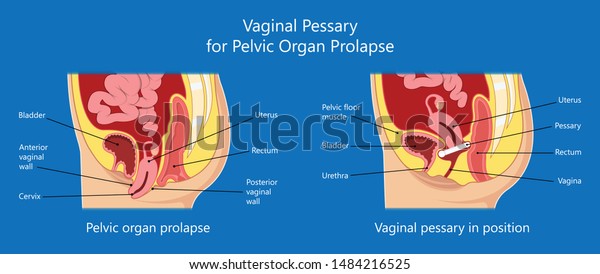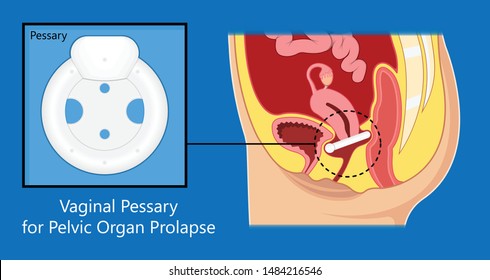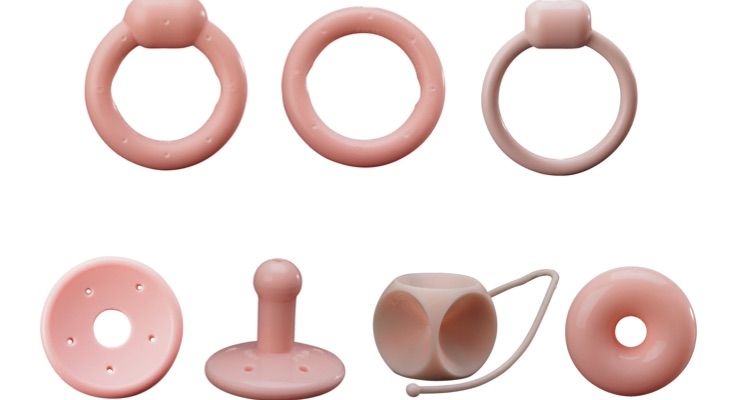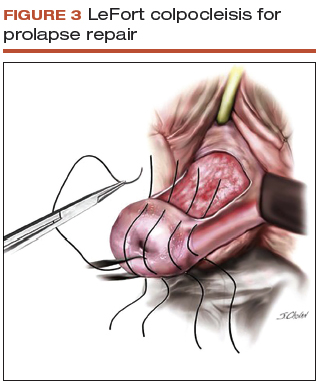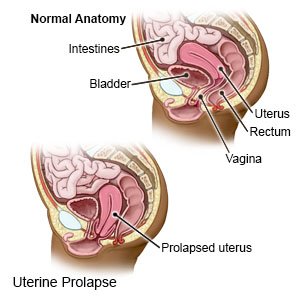Ring Pessary For Vault Prolapse

The ring pessary is appropriate for all stages of pop.
Ring pessary for vault prolapse. The ring with support has a diaphragm that is useful in women who have uterine prolapse with or without cystocele. The image right shows a fitted white ring pessary sitting at the top of the vagina. The incontinence ring has a knob that is placed beneath the urethra to increase urethral pressure and is useful in cases of sui. This pessary is used for advanced stage prolapse.
Most pessaries are made from silicone a soft non absorbant material that poses no threat to your health. Your doctor will perform a. Pessaries come in many different shapes and sizes. Different types of pessary are available.
A pessary provides a mechanical or physical support to hold up the prolapsed tissues within the vagina. Ring pessary with or without support gellhorn pessary and a cube pessary are the most commonly used types of pessaries. If the uterine prolapse is associated with a cystocele a ring pessary with support is useful. Pessaries that support the collapse of the vaginal walls are space filling pessaries.
A pessary is a prosthetic device that can be inserted into the vagina to support its internal structure. Pessaries work by lifting the walls of the vagina and providing support for the bladder bowel or uterus. Post op women should be shown how to use vaginal dilators to reduce scare tissue forming and to reduce shrinkage of the vagina. Ring pessaries are available in a couple as a ring only or combined with a small block design to manage prolapse and stress urinary incontinence bladder leakage with cough or sneeze.
Because the cube is held in. A pessary is a small plastic device inserted into the vagina to support the prolapse and return it to its correct position. The most commonly used pessary is a ring pessary which is shaped like a ring or donut and is placed in the vagina to hold the prolapse in place. Women who have a hysterectomy are susceptible to a vaginal vault prolapse.
It s compacted down and inserted into the vagina where it uses suction to support the areas affected by prolapse. Some pessaries such as ring pessaries can safely remain in the vagina for several months without removal. The additional block supports the urethra urine tube with the goal of reducing leakage when pressure is placed upon the bladder.


